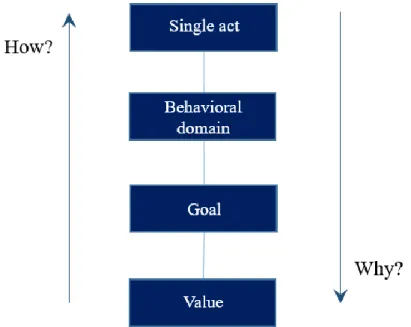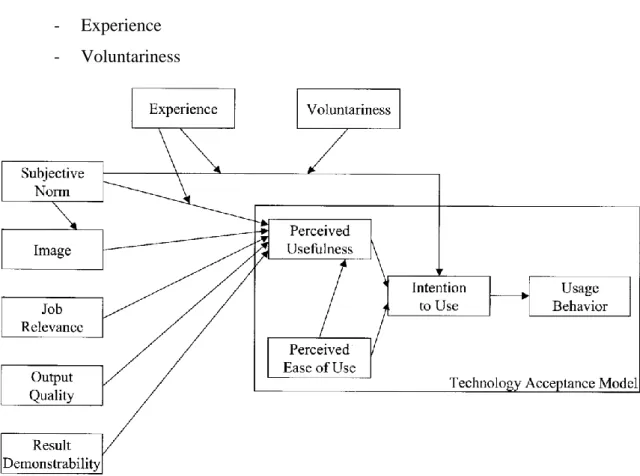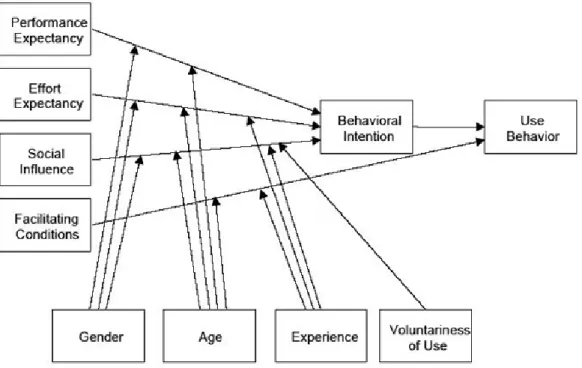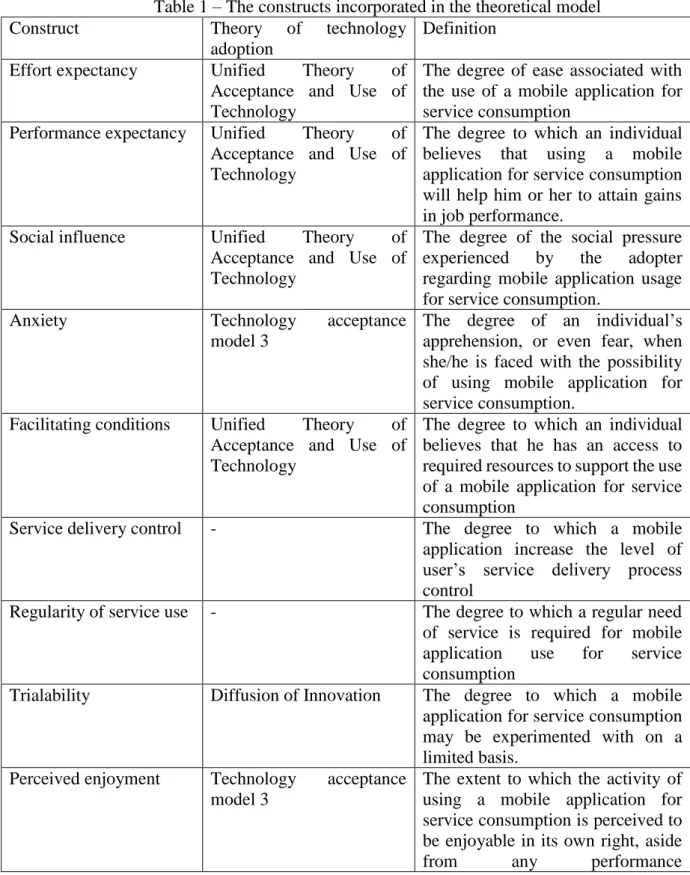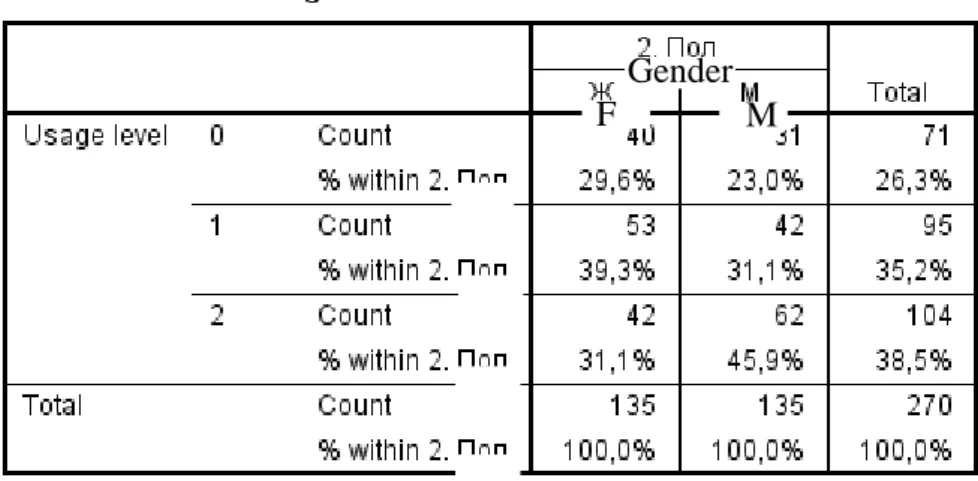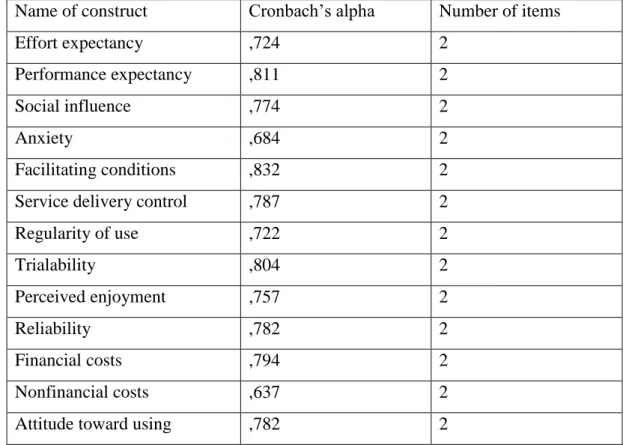Master's thesis title Factors influencing consumer behavior in the context of the use of services after their digitization. Therefore, the part that will be the focus of this work is relevant to the concept of consumer behavior.
Digitalization ............................................................. Ошибка! Закладка не определена
Manuel Castells (Tate et al, 2014) observes in his work the digitization of "the new economy, society and culture". Its production may or may not be tied to physical products.” And the second is “Services are processes (economic activities) that provide time, place, form, problem solving, or experiential value to the recipient.” The first looks like an edited version of the service definition by Kotler (1999): “A service is any act or performance that one party can offer to another that is essentially intangible and does not result in ownership of anything. Vargo and Lusch (2004) proposed a different approach: they define service as "the application of specialized competencies (knowledge and skills) through deeds, processes and performances for the benefit of another entity or the entity itself." Therefore, they use the service provider perspective to describe the concept, and put the differences between service and goods on the back burner. 2005) carried out interesting research: they sent a short text with statement and question about "service" term to the experts in the respective field.
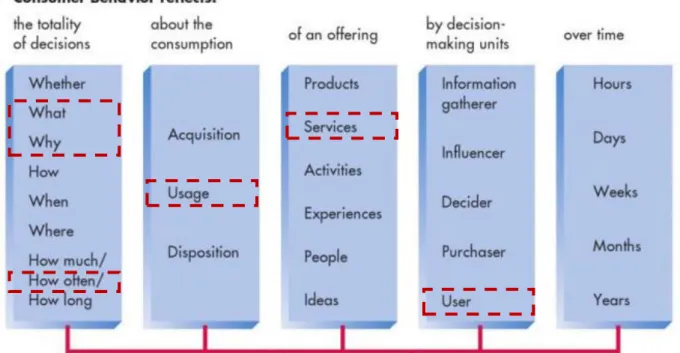
Digitalization of products and services: shift to e-commerce
As one respondent put it: “The type of transformation that has been adopted does not leave much room for failure, and the costs to the reputation and brand of the organization are high. Perceived enjoyment - the extent to which "the activity of using a particular system is perceived as enjoyable in itself, apart from any performance consequences that result from using the system." In this chapter, the methodological framework of the study will be described and explained.
According to Selltiz et al (1959), research design means "arranging the conditions for collecting and analyzing data in a way that seeks to combine relevance to the purpose of the research with economy of procedure". The level of social pressure experienced by the adopter to use a mobile application to consume services. A faulty sampling method can result in a subgroup being poorly representative of the entire population (Carver, 2010).
In the case of the study, the population will be divided into two subgroups according to respondents' gender. However, randomization of the sample obtained was applied to increase the validity of data. This means that proper question formulation vocabulary should be used to maximize the clarity of the questions.
First, it is good intention to describe the data in the context of the stratification pattern. According to overall results, it can be reported that a cumulative odds ordinal logistic regression with proportional odds was performed to determine the effect of 13 variables, which are: expected effort (Var 1), performance expectation (Var 2), social influence (Var 3 ), anxiety (Var 4), facilitating conditions (Var 5), control over service delivery (Var 6), regularity of service use (Var 7), trialability (Var 8), perceived enjoyment (Var 9), reliability (Var. 10), fnancial costs decrease (Var 11), non-financial costs decrease (Var 12), attitude towards use (Var 13), on the dependent variable - the extent to which each person tends to consume services via mobile applications. The model's constructs are partly taken from Technology Acceptance Model 3 (Venkatesh and Bala, 2008), Diffusion Theory (Rogers, 1962) and Unified Theory of Acceptance and Use of Technology (Venkatesh et al 2003).
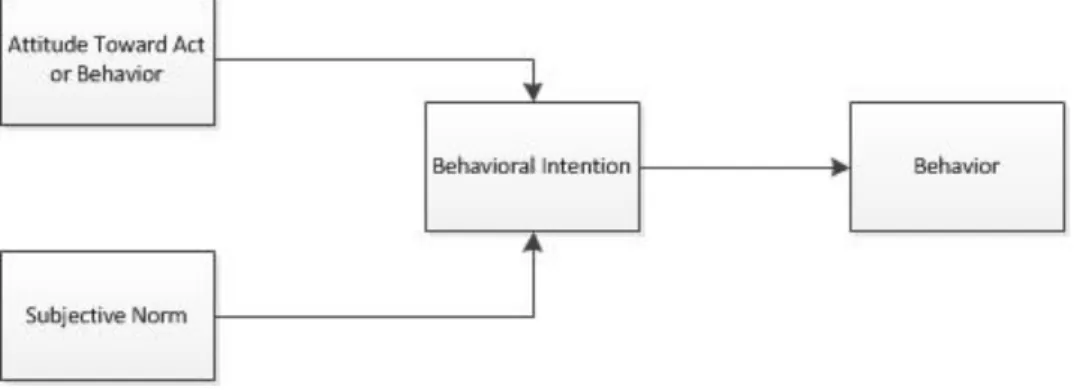
Acceptance behavior models
Research approach
Specific aspects of the study design such as sample choice, data collection and formulation of variables are further described. Therefore, the context of each construct must be adapted to the usage of the mobile application, despite the fact that the core of the constructs remains the same. The direction of possible analysis results and general results of the study depends on the type of sample chosen.
Therefore, stratified random sampling would be the best fit to achieve the objectives of the study. Furthermore, the respondents were informed that the data obtained via the questionnaire is confidential and will only be used for the purpose of the study. 50 In order to find which factors determine the frequency of use of the service before and after switching to a digitized version, the same approach was used.
In order to verify whether this problem is relevant to the quality of the model, general goodness-of-fit tests should be performed. Regarding research question 2, the collected data indicate an increase in the frequency of use of the service in the case of using the digitized version of the service. Therefore, it is difficult to generalize the results of the study to the entire population of the target group of people.
The second limitation relates to the approach to finding factors influencing the change in frequency of use of the service.
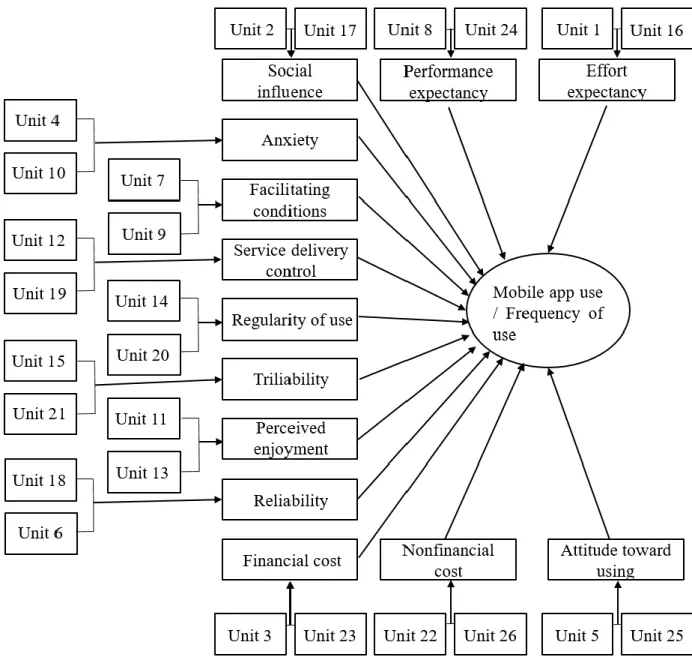
Sample strategy
Data collection methods and procedures
Data processing and analysis
Descriptive analysis of digitalized services users
The gender distribution simulates the objective distribution of males and females in the target population. All subsequent analyzes were in fact performed in the IBM SPSS Statistics tool with little use of the Microsoft Excel sampling program. For this study, the gender distribution within the sample is important, therefore a gender stratification was performed.
Where "0" usage level means that person does not use any of the services via mobile app, "1" usage level means that person uses at least one of two services via mobile app, and "2" usage level means that person uses both services via mobile app. It can be inferred from Table 2 that the total proportion of men using at least one service is greater than the related female proportion. More significant difference is seen in case of consumption of both services via mobile apps.
The number of men in this group consists of 62% of all male respondents, while the related female number is only 42%. 52 In addition, this table shows the distribution of outcome responses at the use level that are close to the characteristics of the entire population and is also suitable for further statistical analysis, as each outcome category is represented in a fair number of responses.
Determinants of digitalized service usage
Therefore, due to the positive results of multicollinearity check and full likelihood test, the ordinary logistic regression could be used to analyze the collected data. Next, ordinal logistic regression was performed with 'Usagelevel (VARD)' as dependent variable and 13 following dependent variables: effort (VAR1), perform (VAR2), social (VAR3). The likelihood ratio test is the best tool for verifying the ordinal logistic model fitting properties.
55 According to the results, it can be concluded that the final model statistically significantly predicted the dependent variable beyond the intercept-only model, Chi-Square is equal to 79.868, p < 0.05. Since the overall model is statistically significant, it is possible to form logistic regression equations using values from Table 8. The final model statistically significantly predicted the dependent variable beyond the intercept-only model.
It could be concluded that the 3 explanatory variables have a statistically significant effect on the dependent variable. These are VAR 5 - the degree to which the individual believes that he has access to the necessary resources to support the use of the mobile application for service consumption, VAR 6 - the degree to which the individual believes that the mobile application increases the level of control over the user's service delivery process and VAR 9 - the degree to which an individual believes that using a mobile application to consume services is beneficial, regardless of the possible consequences for performance that result from using the application.
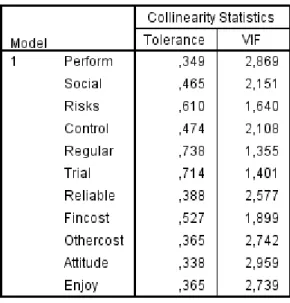
Determinants of digitalized service usage frequency change
It was decided to ignore responses indicating negative difference for two reasons: firstly, the nature of such consumer behavior is not taken into account during the design of this research, so it may be related to negative experience with mobile applications or even to misinterpretation of questions;. It is not necessary to test variable for multicollinearity since in this case the same variables are used to predict the new dependent variable. According to the results, it can be concluded that the final model predicted the dependent variable statistically significantly above the intercept-only model, Chi- Square is equal to 36.620, p < .05.
It can thus be concluded that 3 explanatory variables have a statistically significant effect on the dependent variable. These are VAR 6 - the degree to which a person believes that a mobile application increases the user's level of service delivery process control, VAR 8 - the degree to which a person believes that a service consumption mobile application can be experimented with on a limited basis, and VAR 13 - the degree to which the use of a mobile application for service consumption is evaluated positively. The next analysis conducted which is the same as the previous one but using the respondents who use banking services via mobile application.
Again, to decide on the coding model for the new dependent variable of service usage frequency, we need to analyze the frequency of each value of that metric in the data set. However, the model does not fit the data into the data set implied by the results below in Table 13.
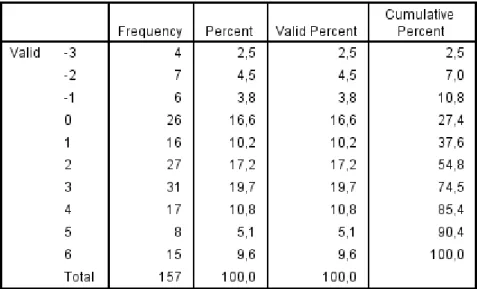
Analysis of theoretical base
Finally, the limitations of the research and reasonable future directions for it are described in the last part of the chapter.
Explicit answers to research questions
Regularity of use and factors of reducing financial costs also have an almost statistically significant effect on consumers' decision to use a digitized service. Statistical analysis showed that 3 out of 13 constructs have a statistically significant effect on the dependent variable. Such results are assumed to be due to difficulties in measuring respondents' frequency of use of digital banking services, as actions such as checking bank statements and transaction history are hardly perceived by customers as important, let alone using the service.
Managerial implications
Limitations and future research
A comparative study of the effects of cultural differences on mobile learning adoption.” British Journal of Educational Technology 46, no. The Winner's Curse, Reserve Prices, and Endogenous Imports: Empirical Insights from eBay Auctions. RAND Journal of economics. Analyzing the acceptance behavior of older users in telehealth services − Applying a comprehensive UTAUT model.” International Journal of Medical Informatics March 2016.
Co-creating customer value through hyperreality in the pre-purchase service experience.” Journal of Service Research 8, no. Visual Attention to Programming and Advertising: Using Home Observations." Journal of Advertising 24, no. The Effect of Precipitating Events on Information System Adoption and Usage Behavior." Journal of Enterprise Information Management 27, no.
I believe that the risk of personal data loss is insignificant when using the service consumption mobile app. I think the regularity of the need can be a reason to use a mobile app for service consumption.
